The forgotten cities built during the gold rush
The Gold Rush era, a time of adventure and opportunity, left behind a legacy of ghost towns and hidden gems. These forgotten cities, once bustling with hopeful miners and entrepreneurs, now whisper tales of a bygone era.
As we delve into the stories of these towns, we’ll uncover the intriguing history and cultural impact they left on the American landscape. So grab your virtual pickaxe, and let’s unearth the stories behind some of the most fascinating remnants of the Gold Rush.
The Allure of Gold: A Brief History of the Gold Rush
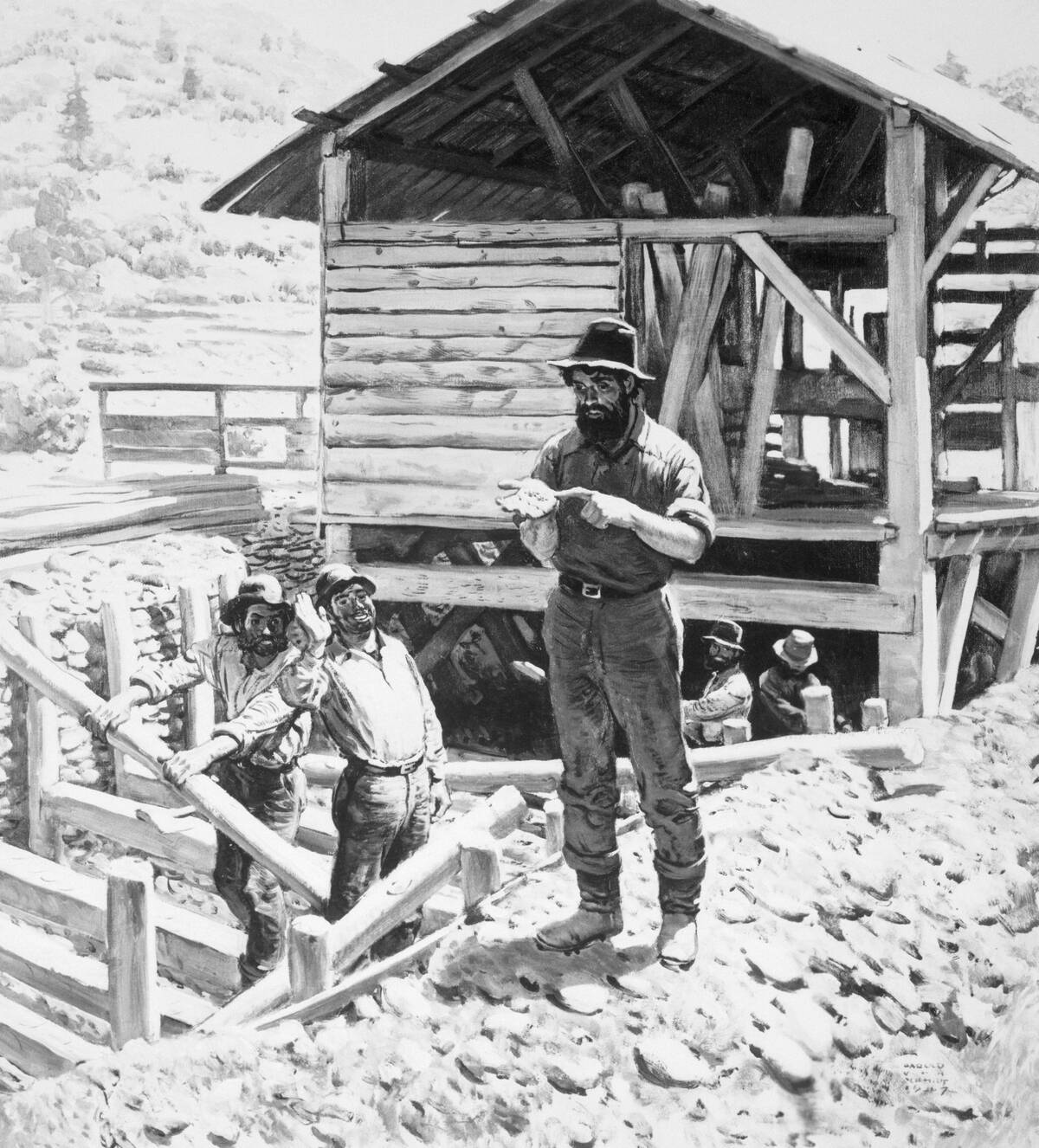
The Gold Rush began in earnest in 1848 when gold was discovered at Sutter’s Mill in California, sparking a mass migration of fortune seekers. By 1855, over 300,000 people had flocked to the region, driven by the promise of instant wealth.
This frenzy wasn’t limited to California; gold discoveries in places like Australia, South Africa, and Canada also fueled global gold fever. The impact of the Gold Rush was profound, shaping economies and accelerating the development of infrastructure and settlements.
Boomtowns: The Rise and Fall of Instant Cities
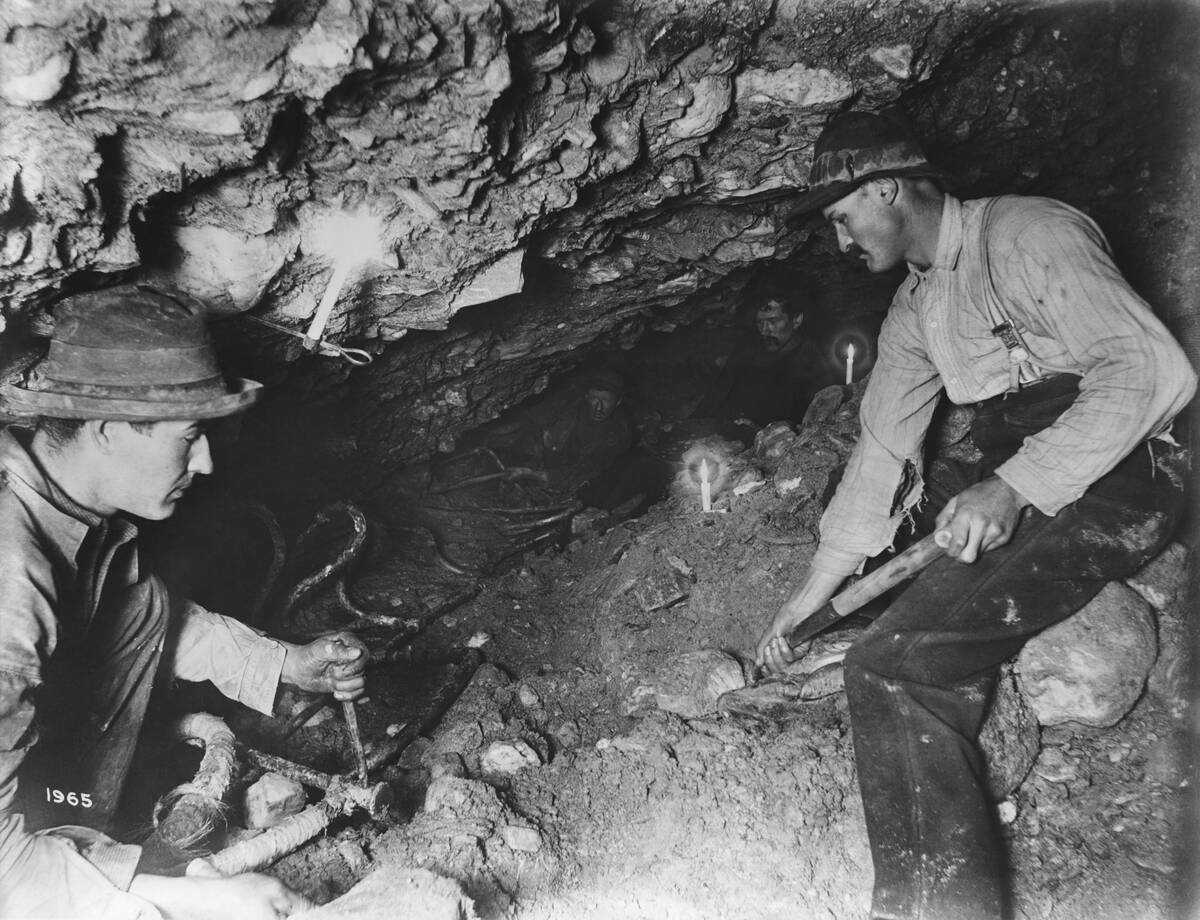
Boomtowns sprang up overnight as prospectors flocked to areas rich in gold deposits. Places like San Francisco transformed from sleepy villages to bustling cities almost overnight. However, the rapid growth was often unsustainable, leading to equally swift declines once the gold ran out.
Without a steady influx of wealth, these towns faced economic collapse, leaving behind skeletons of their former selves. Today, they serve as snapshots of a unique period in history, capturing the highs and lows of the Gold Rush era.
Ghostly Remnants: Why Some Cities Were Forgotten
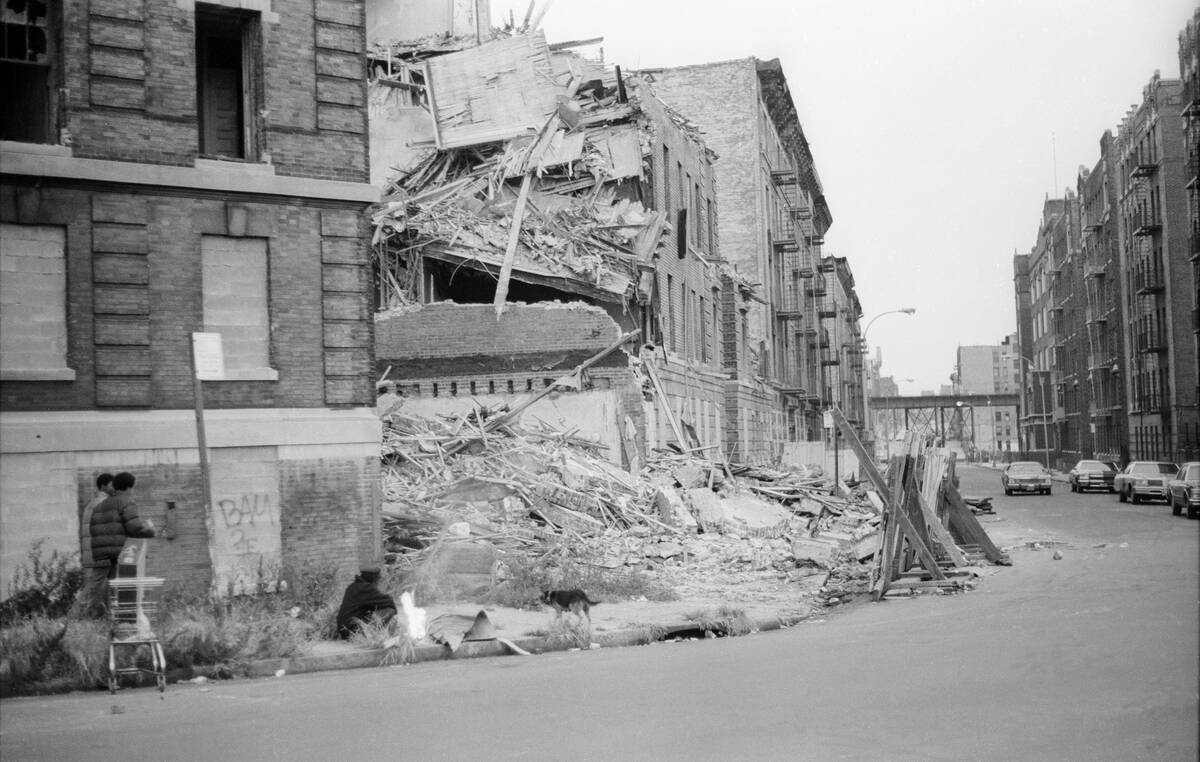
Many Gold Rush towns didn’t survive the depletion of their resources, becoming ghost towns almost as quickly as they had appeared. Factors such as geographic isolation, lack of infrastructure, and economic shifts contributed to their abandonment.
While some managed to reinvent themselves, others were left to the elements. These ghostly remnants stand as silent witnesses to the fickle nature of fortune and the relentless passage of time, offering modern visitors a haunting glimpse into the past.
The Tale of Bodie: A Snapshot of a Gold Rush Town

Bodie, California, is perhaps one of the most famous ghost towns, known for its well-preserved state of ‘arrested decay.’ Founded in 1859, it quickly grew during the 1870s gold rush, boasting a population of over 10,000 at its peak.
As the mines were exhausted, people left, and by the 1940s, Bodie was abandoned. Today, it’s a state historic park, drawing visitors who explore its weathered buildings and get a sense of life during the Gold Rush.
Bannack, Montana: From Gold Discovery to Statehood

Bannack, Montana, founded in 1862 after gold was discovered along Grasshopper Creek, played a crucial role in the state’s early history. Serving briefly as the first territorial capital, Bannack was a bustling hub during its heyday.
The town’s decline began as the gold ran out, and the capital moved to Virginia City. Despite its decline, Bannack remains a well-preserved ghost town, showcasing structures like the old Masonic Lodge and the Hotel Meade, giving visitors a peek into its vibrant past.
The Story of Calico: California’s Silver Lining

While gold was the star of the show, silver also had its moments, as seen in Calico, California. Established in 1881, Calico was a thriving silver mining town, producing millions in silver ore. However, silver’s value plummeted in the mid-1890s, leading to Calico’s decline.
Today, it’s a county regional park and a popular tourist destination, with restored buildings and attractions like the Calico & Odessa Railroad offering a glimpse into its bustling mining past.
Rhyolite, Nevada: A Short-Lived Oasis in the Desert
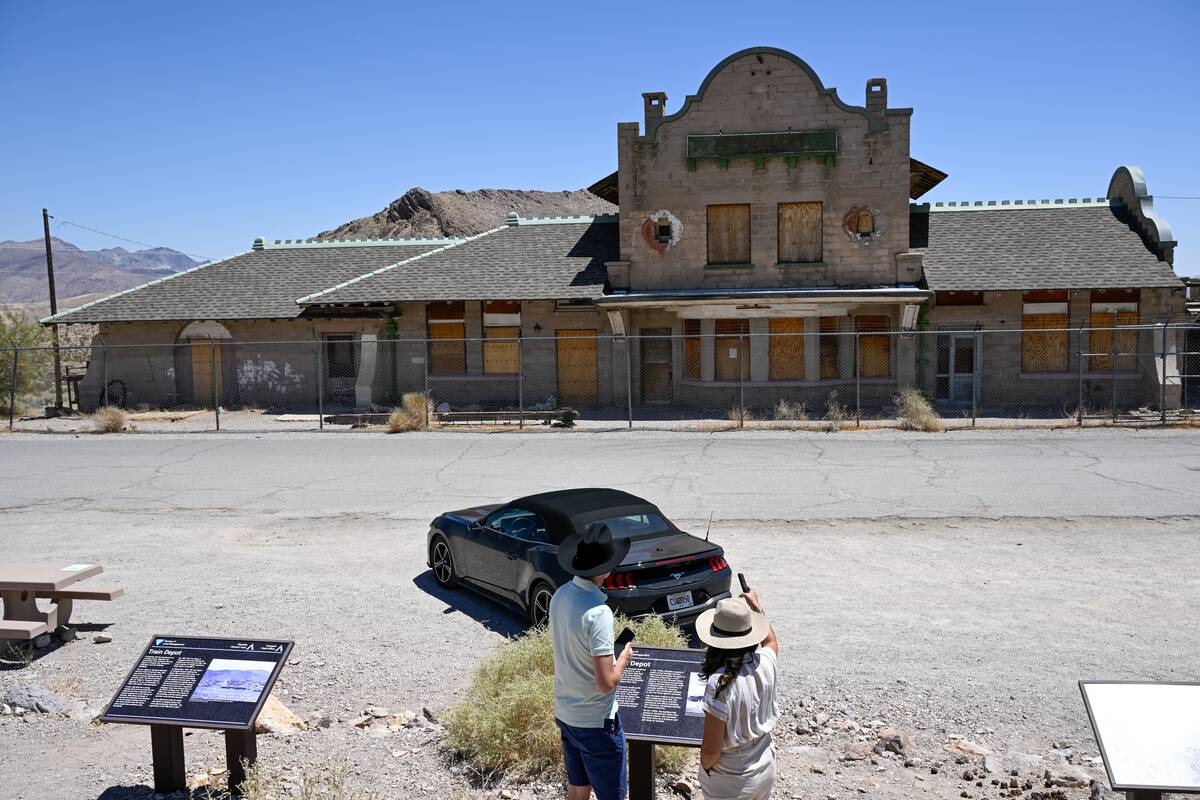
Rhyolite, Nevada, emerged in 1904 during the Goldfield boom and quickly became one of the largest cities in the state. It boasted modern amenities like electricity, plumbing, and even an opera house. However, the ore quality declined rapidly, leading to an exodus by 1910.
Today, Rhyolite stands as a captivating ghost town with iconic structures like the Bottle House and the Cook Bank Building, attracting visitors intrigued by its brief yet vibrant existence.
Silverton, Colorado: Gold, Silver, and Scenic Railways
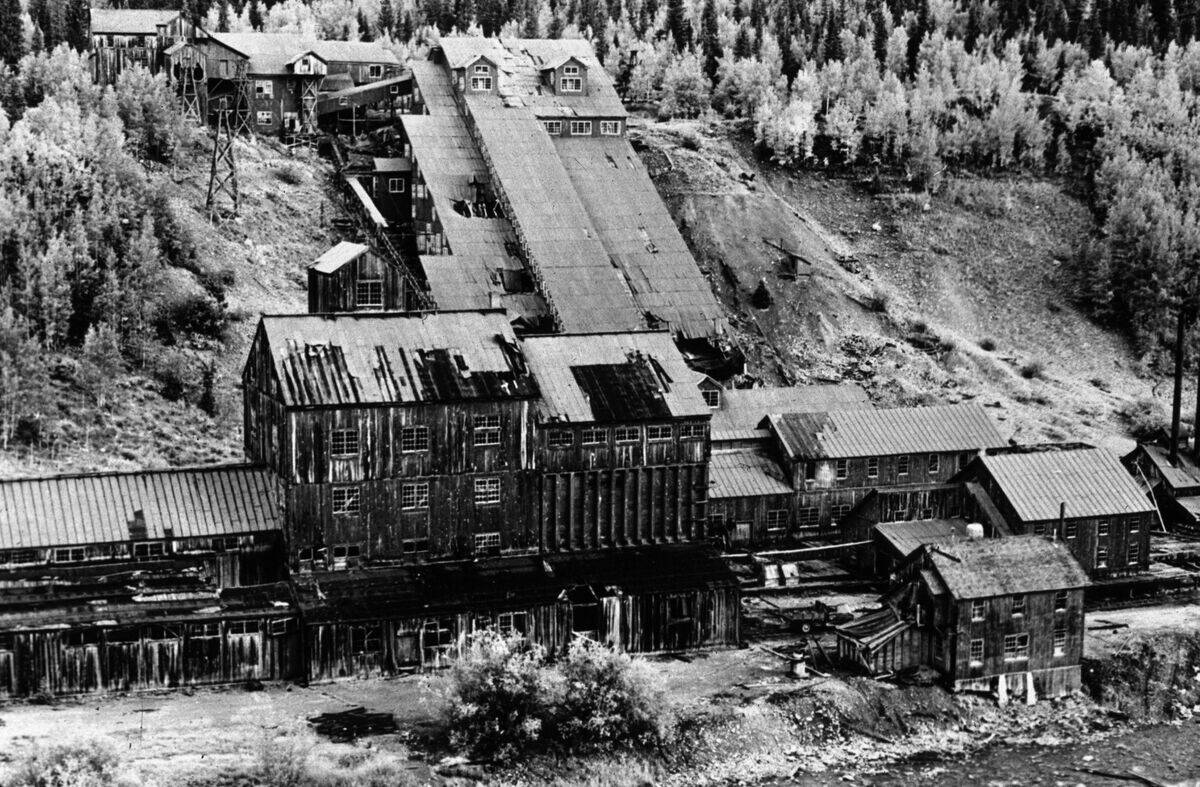
Silverton, Colorado, nestled in the San Juan Mountains, was founded in 1874 after the discovery of gold and silver deposits. The arrival of the Denver & Rio Grande Railway in 1882 spurred its growth, connecting the town to the outside world.
Though mining declined, Silverton reinvented itself as a tourist destination, with the historic railway offering scenic rides through breathtaking landscapes. This transition keeps Silverton thriving, bridging its rich past with a vibrant present.
Columbia, California: Preserved in Time
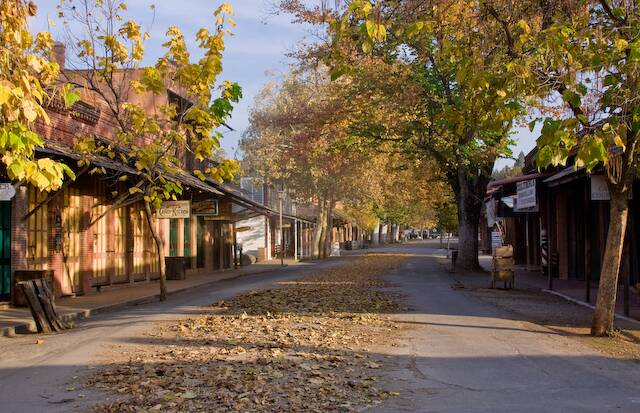
Columbia, California, offers a unique glimpse into the Gold Rush era, as it’s been preserved as a state historic park. Founded in 1850, Columbia quickly became one of California’s largest cities due to its rich gold deposits.
The town’s decline began as the gold dwindled, but efforts to preserve its history have kept it alive. Visitors can stroll down Main Street, explore the preserved buildings, and experience living history events that bring Columbia’s storied past to life.
Jerome, Arizona: From Mining Hub to Artistic Haven

Jerome, Arizona, perched on Cleopatra Hill, was once a booming copper mining town. Established in 1876, it became known as the ‘Wickedest Town in the West’ due to its rowdy reputation. When the mines closed in the 1950s, Jerome nearly became a ghost town.
However, artists and visionaries revived it, transforming Jerome into a vibrant artistic community. Today, its eclectic charm and stunning views draw visitors, blending its rugged mining past with a creative present.
Dawson City, Yukon: The Heart of the Klondike Gold Rush
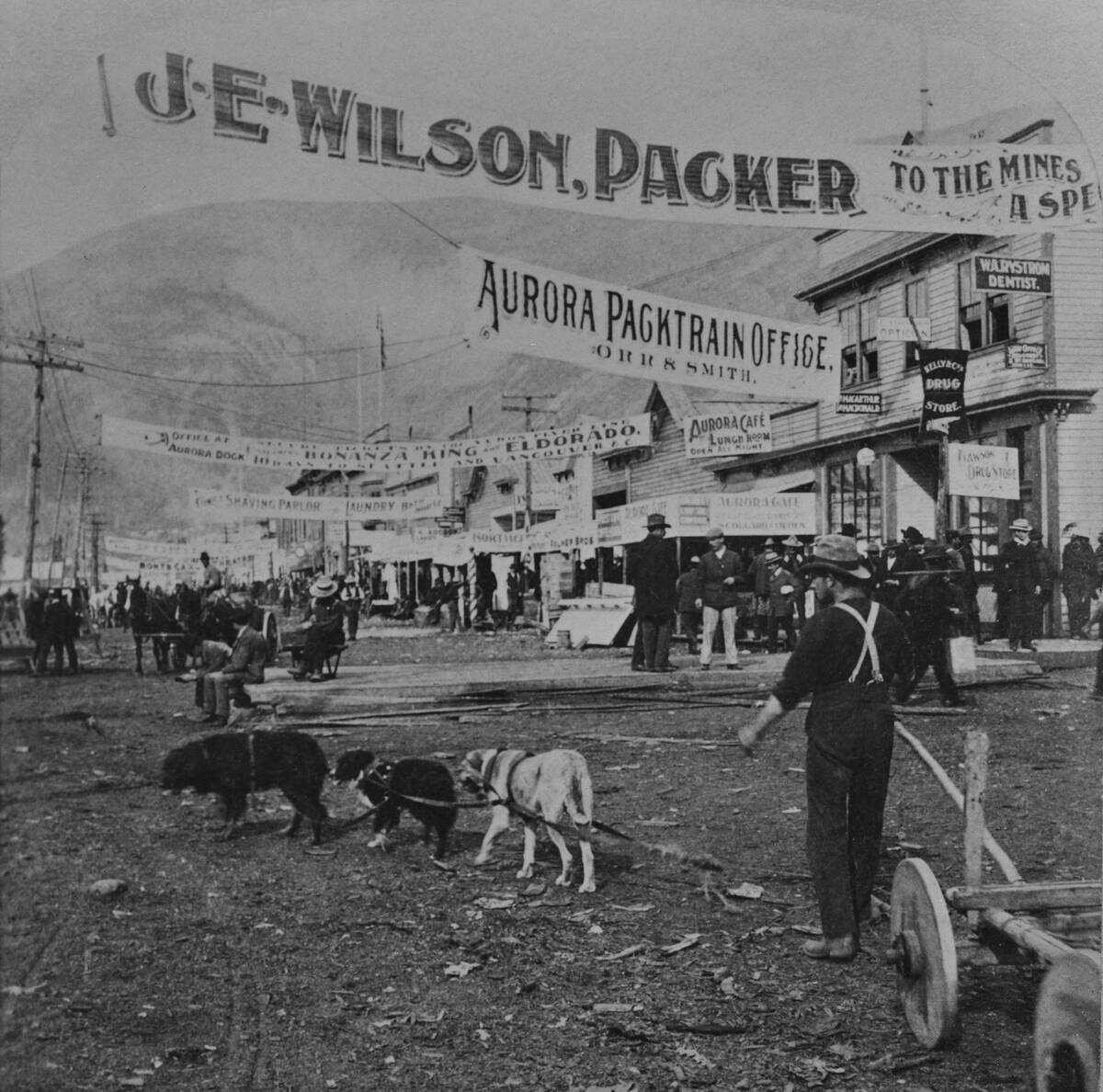
Dawson City, Yukon, was the epicenter of the Klondike Gold Rush, ignited in 1896 by gold discoveries in nearby Bonanza Creek. Thousands journeyed to this remote northern town, hoping to strike it rich.
Despite harsh conditions and challenging terrain, Dawson City thrived, becoming a bustling hub of activity. Though the gold rush faded, Dawson City retains its historic charm, with preserved buildings and vibrant cultural festivals celebrating its storied past and resilient spirit.
Kennecott, Alaska: The Copper Connection
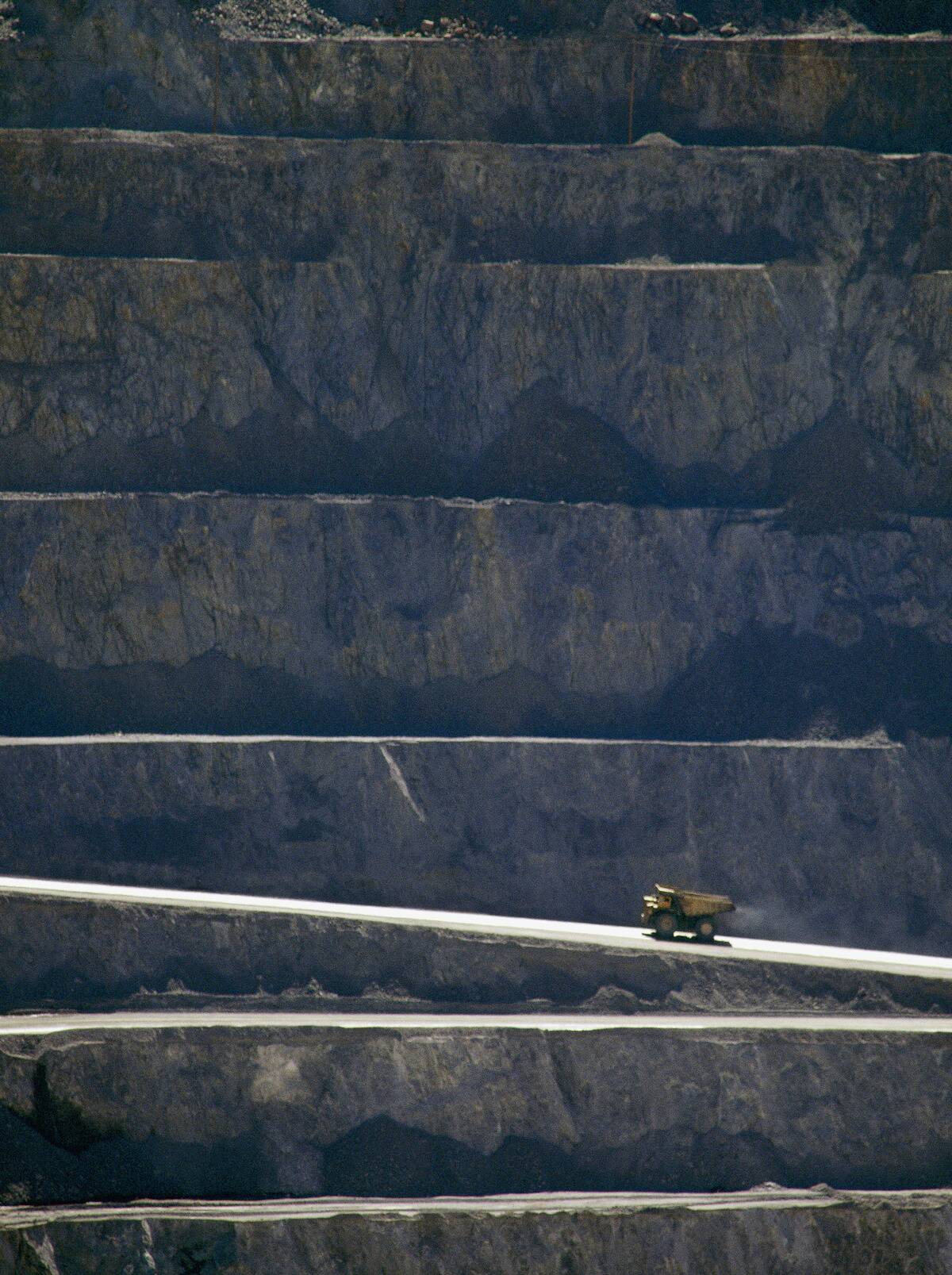
Kennecott, Alaska, tells the story of copper’s allure, rather than gold. Discovered in the early 1900s, it quickly became one of the world’s richest copper mines. The remote location necessitated the construction of the Copper River and Northwestern Railway, which brought prosperity to the region.
When the mines closed in 1938, Kennecott was abandoned. Today, it’s a national historic landmark, with its striking red buildings nestled against Alaskan wilderness, offering a glimpse into a unique chapter of mining history.
Virginia City, Montana: A Living Ghost Town
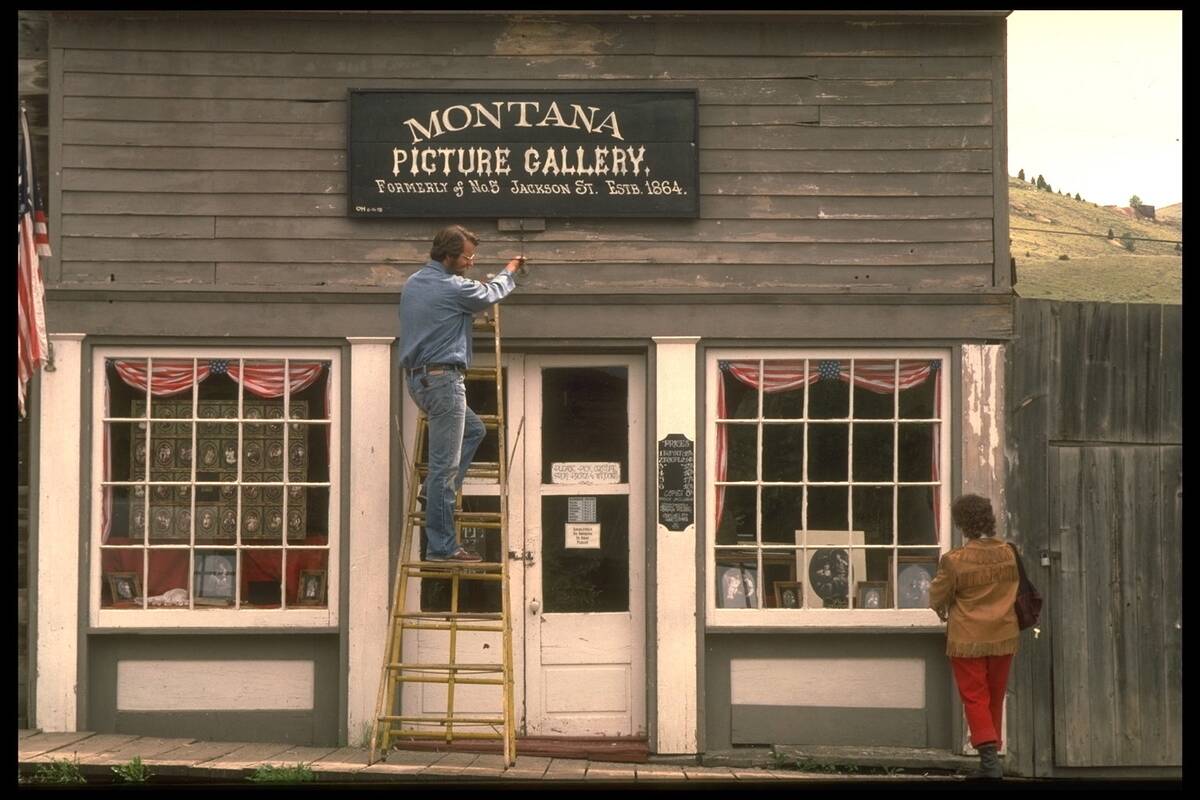
Virginia City, Montana, stands as a ‘living ghost town,’ where history and modern life coexist. Established in 1863 after the discovery of gold in Alder Gulch, it quickly became a booming mining town and the territorial capital.
Though the gold rush waned, Virginia City remains vibrant, with preserved 19th-century buildings and a thriving arts community. Visitors can explore its rich history through guided tours and events that celebrate its enduring legacy as a testament to the Gold Rush era.
Deadwood, South Dakota: Where Gold and Lawlessness Reigned

Deadwood, South Dakota, is famous for its wild past, where gold and lawlessness went hand in hand. Founded in 1876 during the Black Hills Gold Rush, it attracted infamous characters like Wild Bill Hickok and Calamity Jane.
The town’s lawless reputation was matched by its opulent saloons and gambling halls. Though its gold rush days are over, Deadwood thrives as a tourist destination, preserving its colorful history through reenactments and museums that capture its untamed spirit.
The Archeological Legacy: What These Cities Teach Us Today
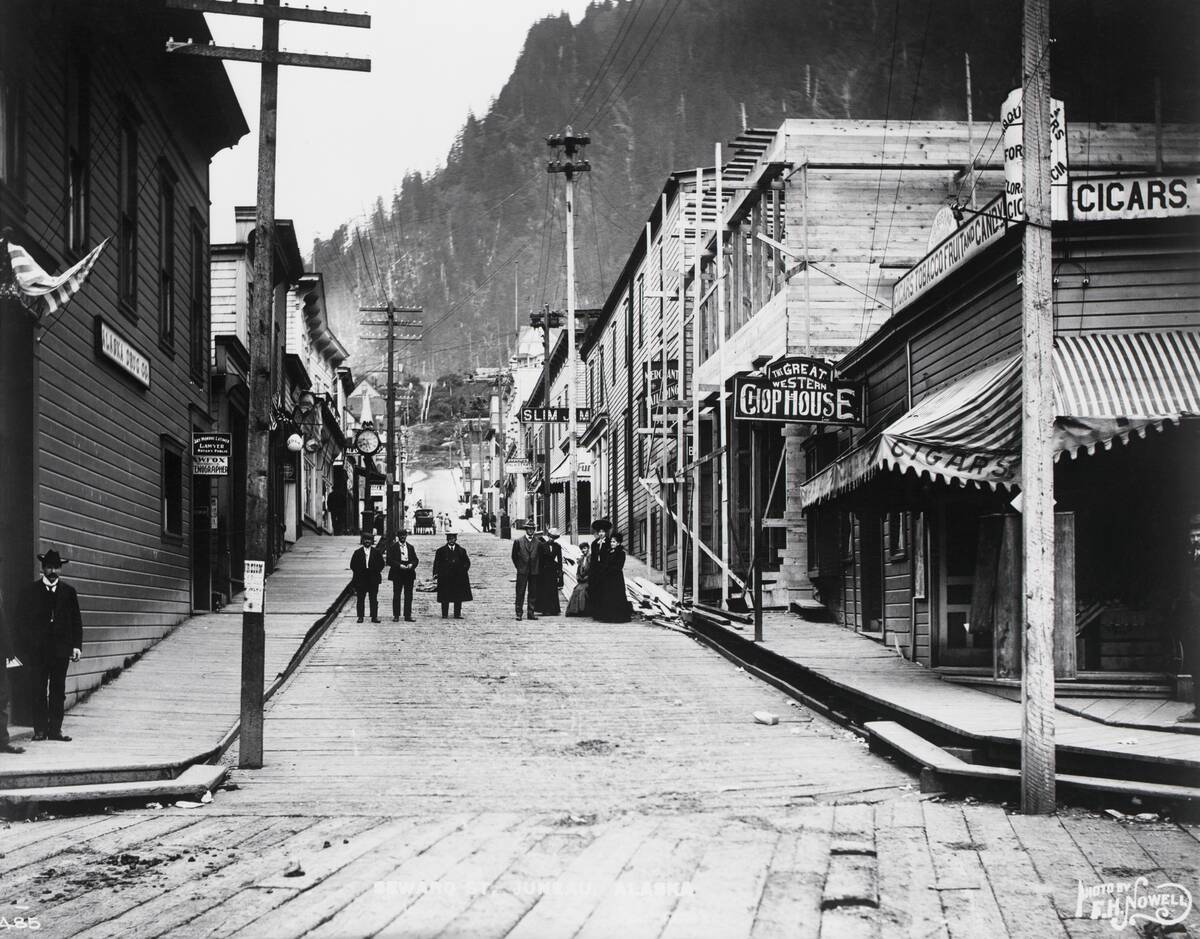
The remains of gold rush towns offer valuable insights into the past, serving as archaeological treasures that teach us about 19th-century life on the frontier. These sites reveal the challenges faced by settlers and the impact of rapid industrialization and migration.
Efforts to preserve these towns not only protect our heritage but also provide educational opportunities for future generations. By studying these remnants, we gain a deeper understanding of the people and events that shaped the American West.
The Cultural Impact: How the Gold Rush Shaped the West
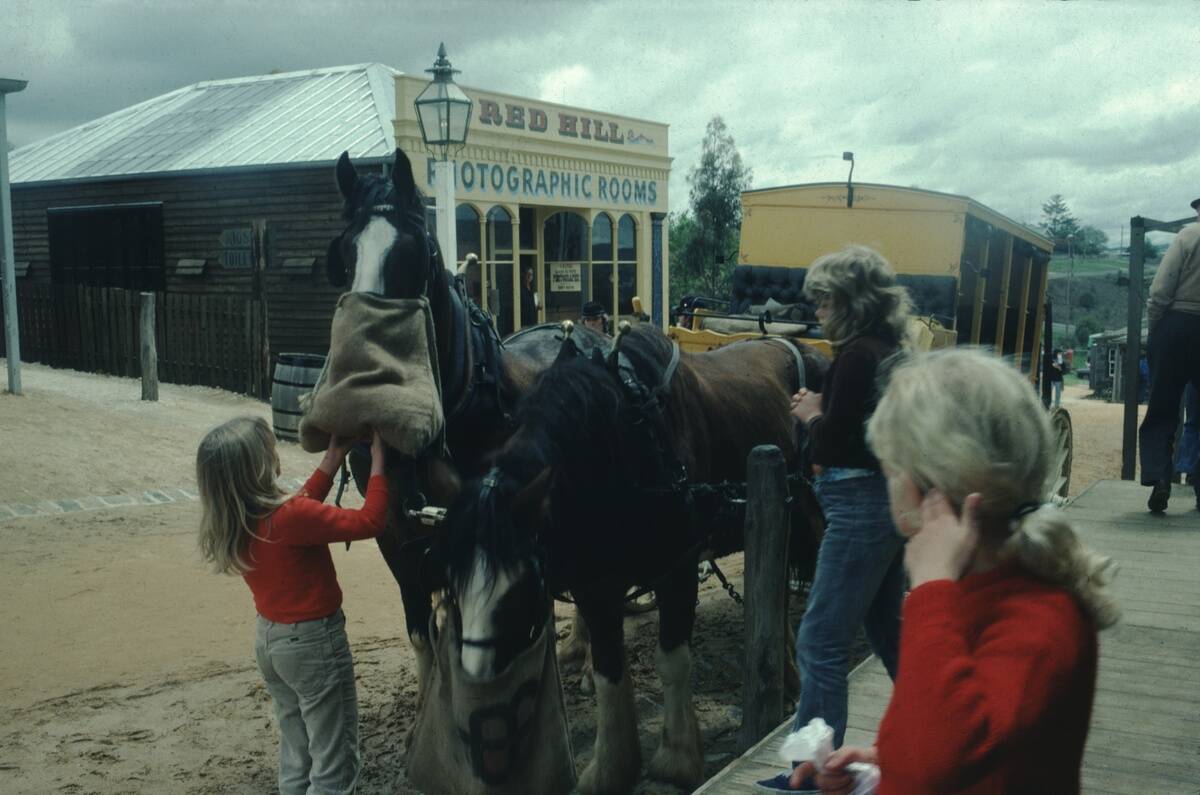
The Gold Rush had a profound cultural impact, transforming the social and economic landscape of the American West. It spurred migration, bringing diverse groups together and leading to significant demographic changes.
The rush for riches also fueled technological advancements and the establishment of infrastructure, laying the groundwork for future growth. Culturally, the Gold Rush era is immortalized in folklore, literature, and film, highlighting its enduring influence on American identity and the pioneering spirit that defines the nation.
Exploring the Forgotten Cities Today: A Traveler’s Guide
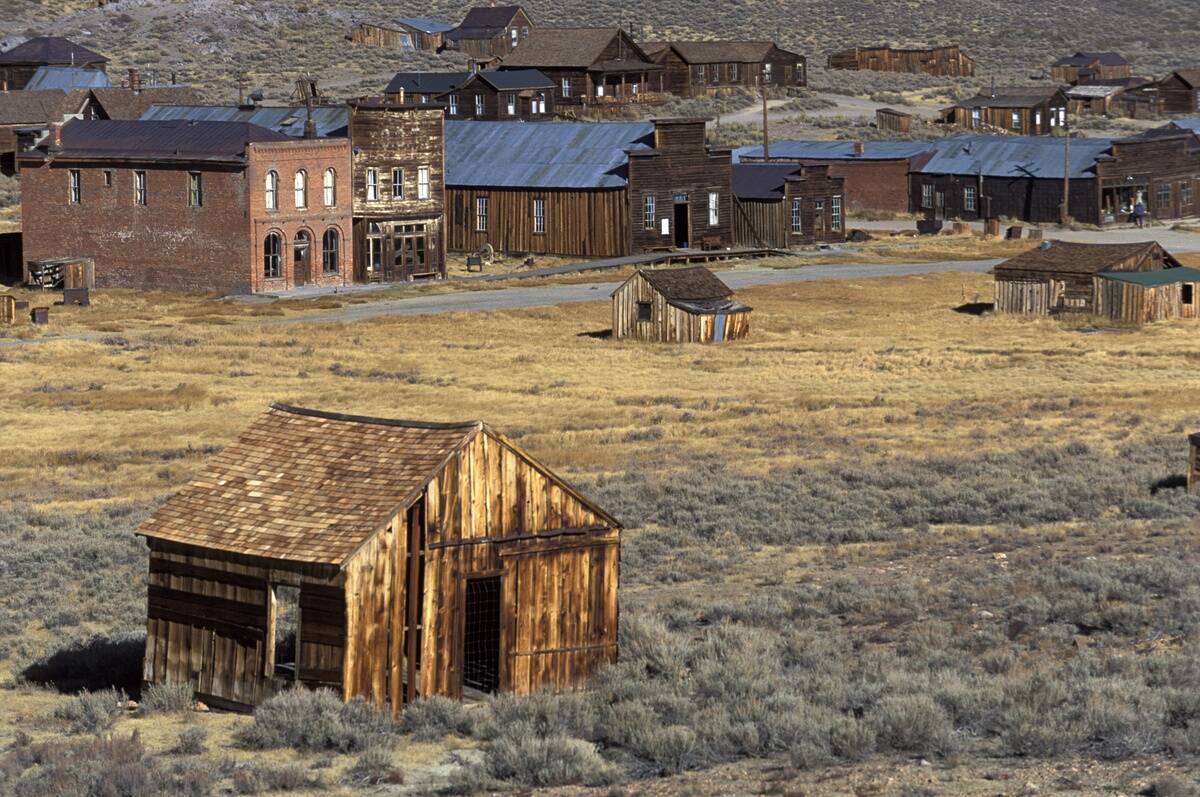
For modern-day adventurers, exploring gold rush towns offers a unique blend of history and scenery. Many sites, like Bodie and Columbia, are preserved as state parks, providing visitors with a chance to step back in time.
Others, like Jerome and Silverton, thrive as artistic or tourist communities, offering a mix of historical charm and modern amenities. Whether seeking ghostly remnants or vibrant revivals, travelers can find a wealth of experiences in these forgotten cities, each with its own tale to tell.



